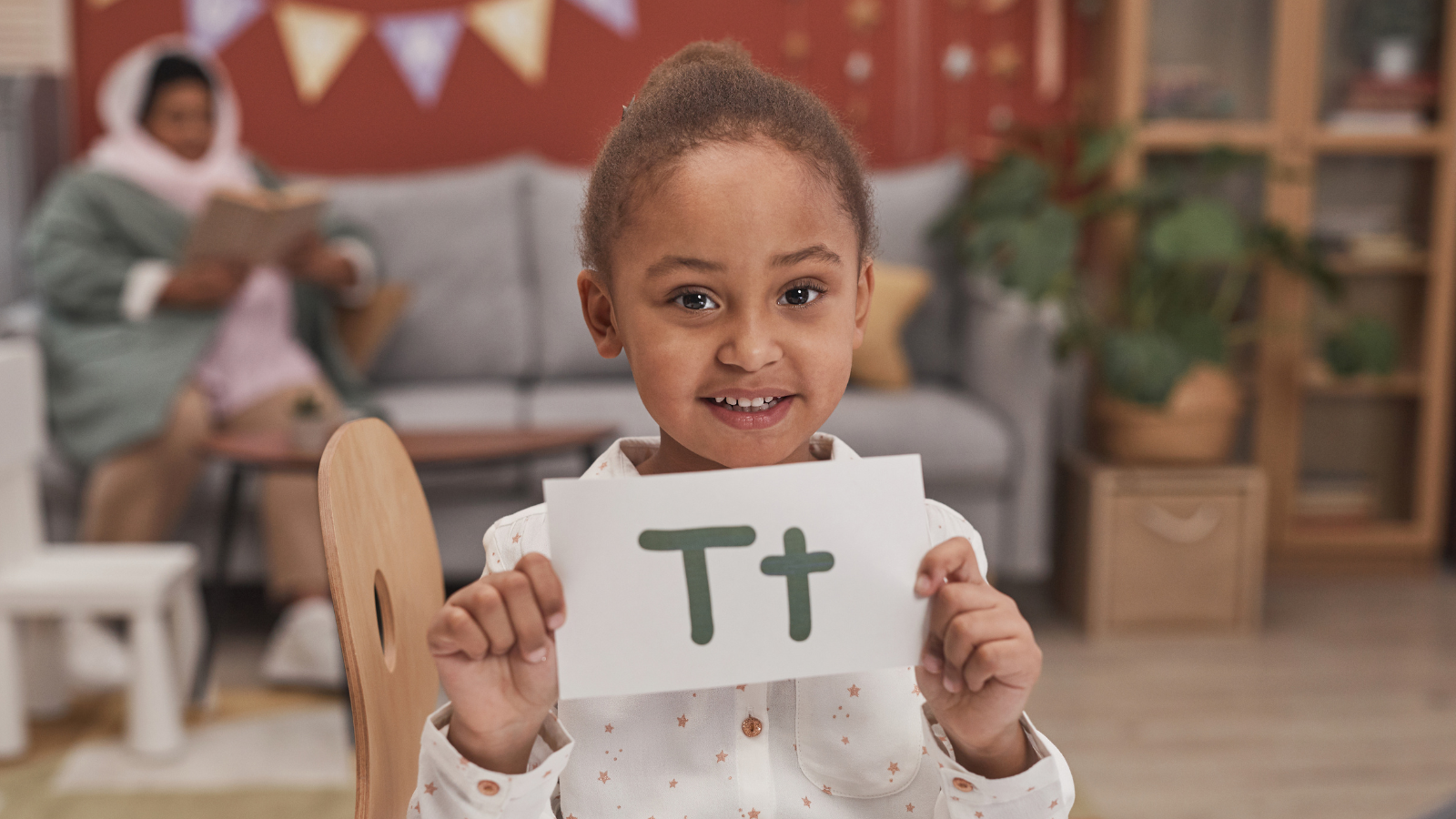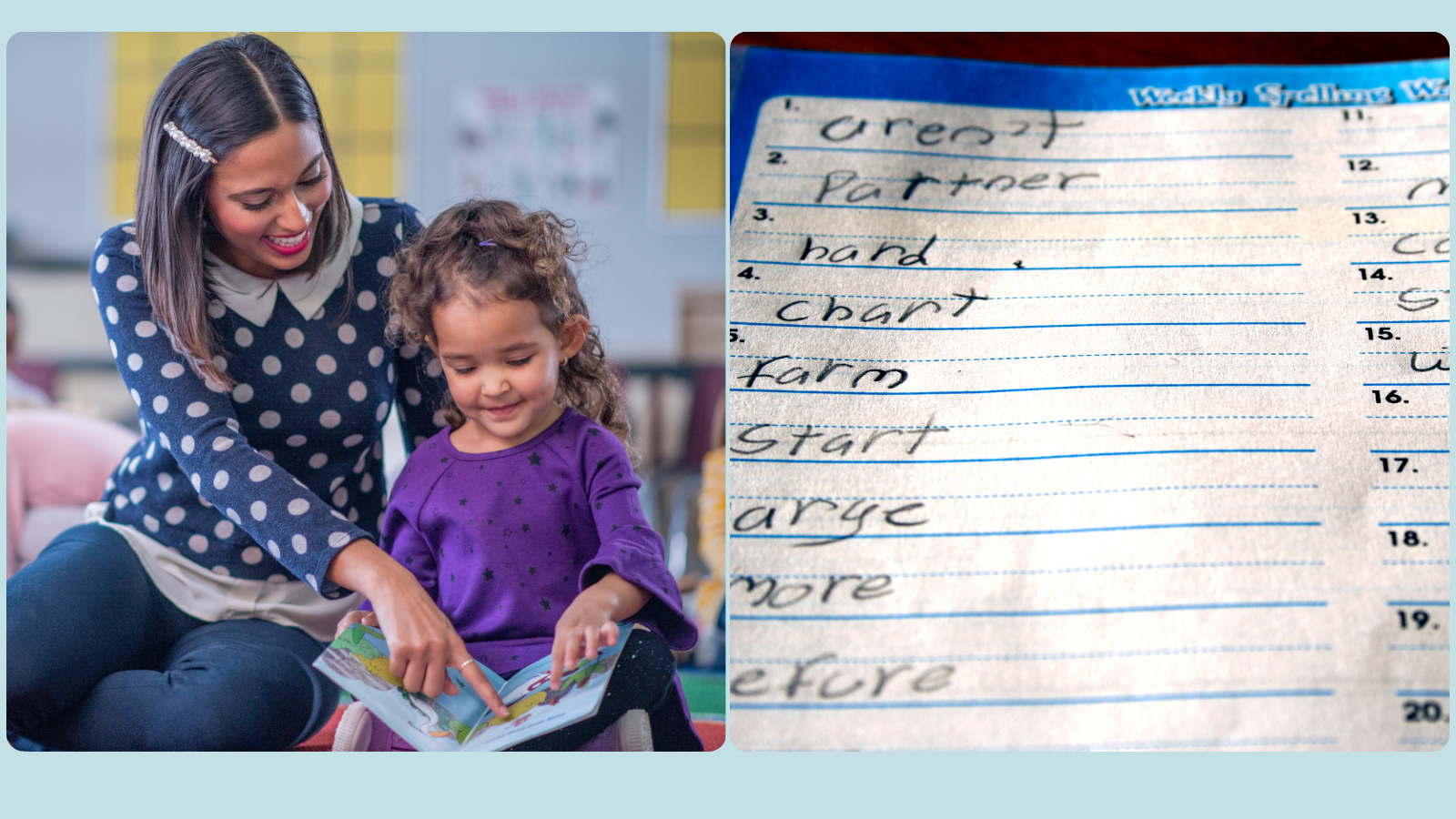What else helps struggling readers? The evidence for “morphological awareness” training
We’ve talked a lot about the “Big 5” essential skills kids need to master to learn to read. But phonological awareness, vocabulary, synthetic phonics, comprehension and fluency skills are not the only things that can help struggling readers – especially for children who also have developmental language, speech sound or other learning disorders.
Recently, several groups of reading experts have been looking to help struggling readers with “morphological awareness training” (e.g. McLeod & Apel, 2015; Bowers et al., 2010).
1. What on earth does “morphological awareness” mean?
“Morph” comes from the Greek word for form.
“Morpheme” came to us from Greece via France, and by analogy with the word “phoneme” (meaning sound). A morpheme is:
- the smallest unit of meaning in language; and
- cannot be divided further without losing meaning.
Morphemes include:
- bases (e.g. “speak”, “car”, “sed”, “ped”, “rupt”); and
- add-on bits (aka affixes), including prefixes (e.g. “un”) and suffixes (e.g. “able”).
So, for example, the word “unspeakable” is made up of three morphemes: un-speak-able.
Some morphemes can stand on their own, e.g. “car”, “jump”, “red”. These are called “free morphemes“.
Other morphemes cannot stand alone meaningfully. These are called “bound morphemes“. Bound morphemes include most prefixes and suffixes (although arguably some can stand alone, e.g. when people talk about their “ex”). They also include some bases, e.g.:
- “sed” meaning “sit” (as in “supersede”, “sediment” and “sedentary”);
- “ped” meaning “foot” (as in “pedestrian”, “pedicure”, “impediment” and “biped”); and
- “rupt” meaning “to fracture” (as in “rupture” and “bankrupt”)^.
Morphological awareness is therefore the skill of consciously thinking about and manipulating morphemes (McLeod & Apel, 2015)*.
2. What are the main types of “add on” morphemes
Some morphemes add information to base words about things like time-elements or numbers. These are called inflectional morphemes. For example:
- if you add the morpheme “ing” to the base word “walk”, you get “walking”, which tells you that the action is happening now (and not yesterday); and
- if you add the morpheme “s” to the end of the base word “duck”, you get “ducks”, which tells us there is more than one of them.
Other morphemes change base words by changing the word class and/or meaning. These are called derivational morphemes. For example:
- if you add the morpheme “er” to the end of the base word “paint”, you get “painter”, which is a person who paints; and
- if you add the morpheme “un” in front of the base word “popular”, you get “unpopular”, which means “not popular” – something that tends to happen to people who talk too much about morphemes!
3. When and how do kids get morphological awareness?
Typically developing kids:
- first develop morphological awareness in the pre-school or kindergarten years, but continue to develop skills across the primary school years (e.g. Berninger, et al., 2010);
- first gain awareness of base words and their inflected and derived forms (e.g. the relationship between fast and fastest, cat and cats, jump and jumped) between Years 1-3 (Carlisle & Stone, 2005); and
- first gain awareness of the written forms of prefixes and suffixes in around Year 2 (Apel et al., 2013).
There is some low-level evidence that morphological awareness in reading becomes more important with age, whereas the role of phonological awareness decreases (e.g. Singson et al., 2000), but there is no consensus on this point (e.g. Roman et al., 2009).
4. So, what do morphemes have to do with spelling and reading?
Written English is “morphophonemic”: it’s based on morphemes and phonemes (speech sounds) and their links to letters and letter combinations (e.g. Templeton et al., 1985; Chomsky & Halle, 1968).
When we add morphemes onto base words:
- sometimes the pronunciation of the base word does not change, e.g.car/cars. These are called “morphologically transparent” words;
- the pronunciation of some base words changes, e.g. electric/electrician. These are called “shift words”;
- the spelling of some base words changes, e.g. happy/happiness; and
- sometimes, both the pronunciation and spelling of base words change, e.g. admit/admission.
These changes make reading harder (e.g. Carlisle, 2000).
Many English word spellings are morphemic in structure. For example, the silent “b” in “bomb” can be heard as /b/ in words like “bombardment” or “bombastic”.
Good readers and spellers use their morphological knowledge as well as their phonological awareness to spell and read complex words with more than one morpheme.
5. Why does morphological awareness training help reading?
No one knows for sure.
One theory is that it helps with word recognition and pronunciation (Carlisle, 2003). For example, knowing the morphemes “re” and “act”, helps you to know that the “ea” in “react” is split across two morphemes (re + act) and thus pronounced differently to the “ea” in reach (which is one phoneme). Many morphemes have consistent spelling patterns. In the case of common prefixes and affixes, they may also have the same pronunciations (e.g. “pre” as a prefix is usually pronounced /pri/; and “tion” as a suffix is usually pronounced /ʃən/). As noted above, inflectional and derivational morphemes may also mark grammatical cues to aid comprehension (Bowers et al., 2010).
6. Can morphological awareness training help poor readers to improve their reading skills?
Yes.
A 2010 systematic study of 22 morphological awareness programs found that, overall, morphological awareness interventions led to:
- moderate improvements in morphological awareness skills;
- some improvements in word-level reading and spelling; and
- smaller improvements in reading comprehension (Bowers et al., 2010, see citation below).
A 2013 analysis of 30 programs found evidence showing morphological awareness training:
- significantly improved morphological awareness skills;
- significantly improved reading decoding;
- significantly improved spelling; but
- did not significantly improve reading comprehension skills (Goodwin & Ahn, 2013).
Both study reviews found that training was most effective in small groups and focused on children with reading problems.
There is also some evidence that, for readers with phonological awareness deficits and dyslexia diagnoses, morphological awareness may represent a particular advantage that can be exploited to help struggling readers to read (Carlisle et al., 2001; Deacon et al., 2008). There is also a theory that the relationship between morphological and phonological knowledge is mutually supportive (Bowers et al., 2010).
7. What do morphological awareness training programs look like? An example.
Training programs come in all shapes and sizes and are often mixed together with phonological awareness tasks (which complicates the research base). But short, intensive programs also exist. By way of example, a recent peer-reviewed case study (see citation below) outlined a morphological awareness training program for a 6 year-old boy with a speech-language disorder:
- Duration: The program went for 7 weeks.
- Session frequency: There were 25 sessions (i.e. 3-4 times a week).
- Session length: Each session went for 35 minutes.
- Morphological targets: 12 prefixes/suffixes – inflectional and derivational – were targeted:
- regular plural -s (e.g. hats, tables, cups, etc);
- third-person -s (3s) (e.g. walks, jumps, runs);
- un (e.g. unhappy);
- re- (e.g. reverse, recover);
- er (person) (e.g. painter, farmer, singer);
- dis (e.g. disconnect);
- -ly (e.g. sadly);
- -ness (e.g. sadness);
- -er and -est (also called comparatives and superlatives), e.g. (sadder, saddest);
- -ing (e.g. walking, jumping); and
- -ed (e.g. jumped, kicked, happened, listened).
- Session activities included:
- Goal explanations.
- Auditory discrimination.
- Definitions.
- Word sorting.
- Use practice, e.g. “What’s another way of saying “not agree”?” “Disagree”.
- Listening for the target in a story and putting your thumb up when you hear it.
- Written activity: circling the words with the target.
- Add on activities (using blogs to add and take away the target from base words).
- Book activities: defining the target and writing examples of words using it.
- Word relative games: identifying whether words are related because they share meaning, e.g. act is related to actor, but not to fact.
The researchers found that this program improved the client’s morphological awareness skills despite his language disorder and also improved his sight word reading, but, consistent with the 2003 systematic review, did not improve reading comprehension, or his non-word reading (decoding) skills.
Bottom line
Morphological awareness training can improve morphological awareness skills and some reading skills. The effects are stronger for struggling and younger readers and readers with speech-language disorders (possibly because good and older readers acquire the knowledge without training). Morphological instruction tends to work best:
- with one-to-one intervention or in small groups; and
- when integrated with instruction in the Big 5 essential skills for reading, rather than as a standalone “patch”.
Related articles:
- Is your child struggling to read? Here’s what works
- Kick-start your child’s language with speech sound knowledge (phonological awareness)
- How to help your school-age child to learn new words – the nuts and bolts of how I actually do it in therapy
- The forgotten reading skill: fluency, and why it matters
- 24 practical ways to help school-aged children cope with language and reading problems at school and home
- 6 strategies to improve your child’s reading comprehension and how to put them into practice
- “Does dyslexia exist?”
- Are reading comprehension problems caused by oral language deficits?
Principal sources:
- Bowers, P.N., Kirby, J.R., Deacon S.H. (2010). The Effects of Morphological Instruction on Literacy Skills: A Systematic Review of the Literature. Review of Education Research, 80(2), 144-179.
- McLeod, A.N. & Apel, K. (2015). Morphological Awareness Intervention: Study of a Child with a History of Speech and Language Impairment. Communication Disorders Quarterly, 36(4) 208-218.
Further open access resource: For more information about morphological awareness assessment and training, check out the slides of an excellent evidence-laced presentation by Drs Green & Wolter from 2011, available here.
^ This article has been edited. In an earlier version, we inadvertently conflated the distinction between free and bound morphemes with the distinction between affixes and bases. We would like to thank Dr Holly Shapiro of the Ravinia Reading Center for pointing this out to us.
* Confusingly, morphological awareness is sometimes also called “morphological processing” or “morphological knowledge” (though some researchers think the terms have slightly different technical meanings – certainly outside the scope of this article).
Image: http://tinyurl.com/kbpmg6b

Hi there, I’m David Kinnane.
Principal Speech Pathologist, Banter Speech & Language
Our talented team of certified practising speech pathologists provide unhurried, personalised and evidence-based speech pathology care to children and adults in the Inner West of Sydney and beyond, both in our clinic and via telehealth.








